|
i’m amazed by what the sea belches up just bits & pieces nothing ever whole never complete
lobster traps boat parts broken shells crab clam scallop razor lady slipper whelk the devil’s pocketbook jingle shells nothing ever whole never complete just bits & pieces they stroll the beach searching but for what they don’t know something that has meaning only to them then something catches their eye they stoop pick it up turn it over skip it back onto the waves but sometimes they pocket it bring it home puzzle pieces puzzle pieces without the box to see the big picture bits & pieces nothing ever whole never complete just their shells --Prof. Arlo Kent I do not have a high regard for humanity. We're destroying the planet through greed and neglect. We can't get along. We are a warring species. I think we should just die out, as it seems we're destined to do, and let another species take over for awhile. These images are part of an assemblage or mixed media piece I'm working on. I still haven't figured out what to call what I'm making, trying to fit it into an understandable label, and that's proving a problem as I try to "explain" my work to gallerists and other gatekeeper types. I'm amazed by what the ocean belches up on the beach. Just bits and pieces. These are not just bits and pieces of shells, they are bits and pieces of individual people on the beach. Just bits and pieces themselves, belched up by the sea. Searching, but for what?! They don't know. But there are just bits and pieces. And every so often they pocket something and bring it home. Just puzzle pieces. But they can't see the entire picture, so they'll never know. Just bits and pieces. Puzzle pieces. And that's pretty much how I feel about humanity. These images could be printed, framed, and hung on a wall, one after another. Or put in a book. But I don't see the point of that. Prof. Arlo Kent
0 Comments
My work constantly addresses the lives of the ordinary individual against the greater forces in our society.
I'm changing my images intentionally. Even more painterly. I see the world fading, decaying. But that's not a bad thing at all. When I first came to Portugal I was so anxious and hurried. Now it's as I keep saying about the country: Portugal is hard, then she smiles and she reveals herself. I love this country. The pace of life, and how they live it.
Today I ordered canvases to be delivered to my studio so I can begin work when I get back to the United States. I don't want to go back, but if I have to I might as well begin work. I have so many ideas I want to try out, to execute. I want to combine the words in my head with the images I'm making here. With the work I began earlier this year. Because here, even here, the syphilitic voice of Trump can be heard. This is the only way I know how to respond to what is happening. JP’S PARENTS EMIGRATED FROM SICILY TO THE UNITED STATES IN 1911. I NEVER MET THEM; THEY BOTH DIED LONG BEFORE I WAS BORN. SICILIANS WERE NOT WELCOME IN AMERICA, OR EVEN IN ITALY. IN AMERICA, THEY WERE CALLED THE N-WORD. EVEN TODAY, SOME OF MY MOST INTELLIGENT, LIBERAL FRIENDS HAVE MADE DEROGATORY REFERENCES ABOUT SICILIANS. THEY’RE NOT REALLY ITALIAN. THEY’RE ALL CRIMINALS. I KNOW THIS IS NOT WHAT THEY THINK OF ME, THAT I DON’T MEASURE UP TO SOME HIGH STANDARD OF WHITE, EUROPEAN HERITAGE. STILL… SOMEDAY I’LL BE DEAD, TOO, JUST LIKE MY GRANDPARENTS AND JP.
ALICE ANNE’S PARENTS WERE BORN IN AMERICA, BUT THEY STILL SPOKE GERMAN AT HOME. GERMANS WORKED HARD TO ASSIMILATE INTO AMERICAN LIFE BECAUSE GERMANS WERE THE ENEMY IN TWO WORLD WARS. ALICE ANNE TOOK THIS PICTURE OF JOSEPH AND JOSEPHINE. THEY ARE SITTING ON THE PORCH OF THE “OLD HOUSE,” A TWO-STORY LOG CABIN JOSEPH BUILT. ALICE ANNE EVEN INCLUDED HERSELF IN THE LOWER RIGHT. ALICE ANNE WAS BORN IN THAT HOUSE IN 1917. (THEY COULDN’T GET TO THE HOSPITAL IN TIME.) ALICE ANNE WAS EDUCATED ONLY TO THE EIGHTH GRADE, BUT SHE WAS VERY SMART AND SENSITIVE. SOME DAY I’LL BE DEAD LIKE JOSEPH, JOSEPHINE, AND ALICE ANNE. 2022 continues to kick my ass. Health issues both for Sue and me. Three dear friends died! I can't take much more! Work seems to be slowing down, which I'm taking as a blessing. It means I'll be able to work on art more, than keep putting it aside for the almighty dollar. But I did finish these two. Family continues to baffle and intrigue me.
So seductively time seeps
out through your veins pooling around your wingtips Or you, Ms. Corporate I'm Going Places be careful of your patent-leather pumps step carefully around the sticky puddles collecting beneath the conference table do not soil your white stockings. Your smile will soon turn to a grimace as lost opportunity twists your heart like an old rag, unknowingly you’ll strangle as the intoxicating sound of your own voice replaces the importance of your life with the irrelevance of your action items. A polar bear grows a thick white coat, paws broad as snowshoes, armed with sharp claws, and mighty jaws with razor teeth to be the supreme killer in a harsh, ice-bound environment where food is scarce, where being a ruthless killer is the difference between life and death.
Can you imagine a polar bear feeling remorse for killing a seal? The polar bear has adapted. We are a species capable of destroying ourselves. There is a reason we have developed emotions such empathy, kindness, and hope. Just like the polar bear, we developed them out of survival. If we hadn’t, we probably would have destroyed ourselves long ago. Humans have adapted. And while you are not perfect, I maintain because of the love and care you have for other human beings, there is a very good chance that you are further along the evolutionary scale than some of your fellow beings. You might very well represent a higher form of the species, while the others will go the way of the dodo. That is what it means to be human. |
Author
John Greiner-Ferris is a politically motivated, multi-disciplinary artist in the Boston area. Sometimes he makes images. Sometimes he writes. Sometimes he does both. Archives
May 2024
Categories
All
|
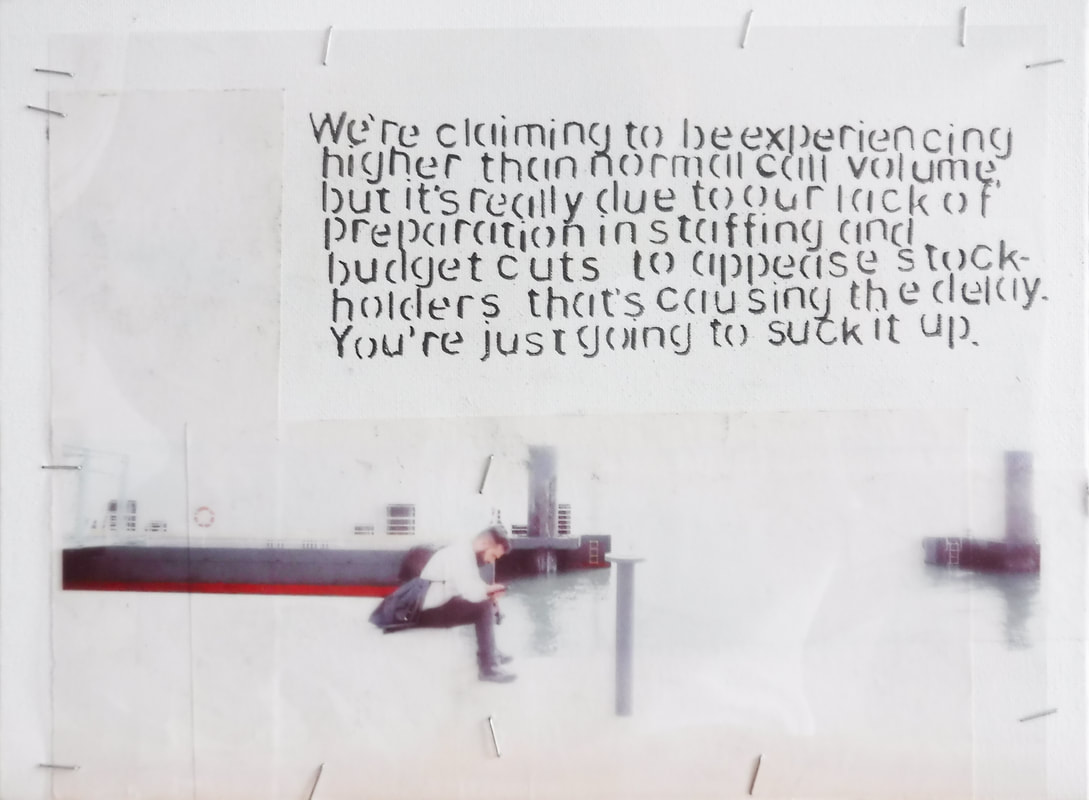
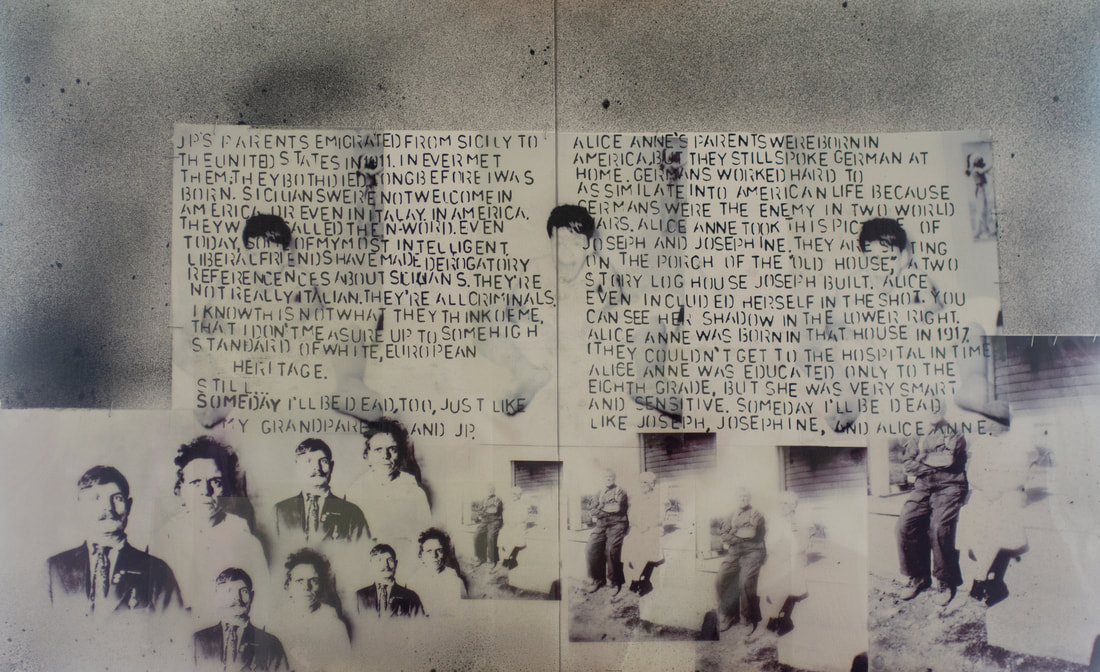
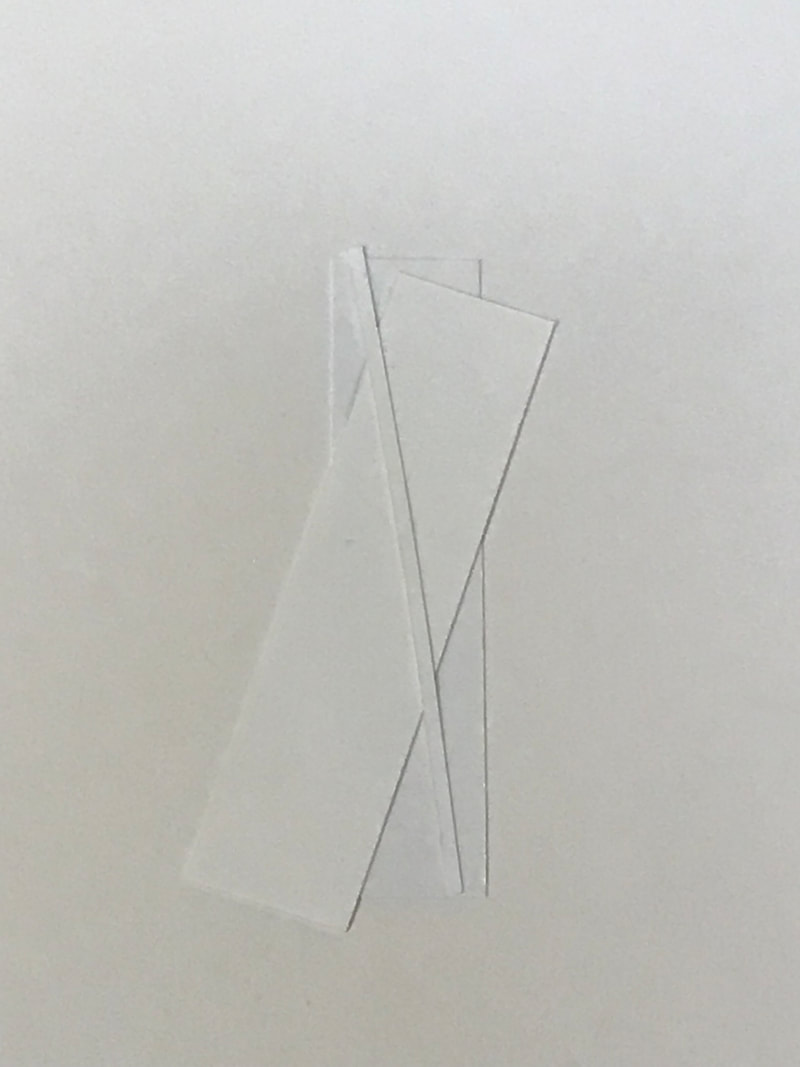
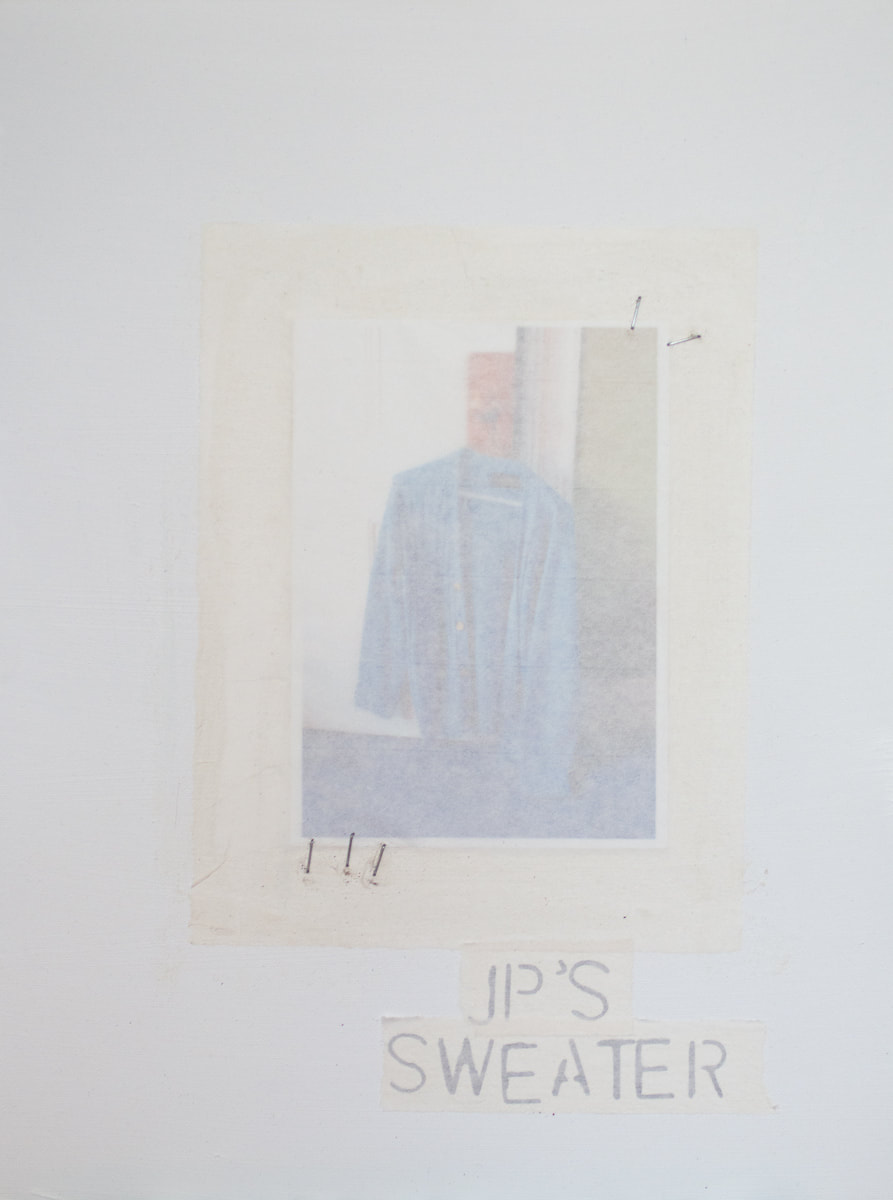
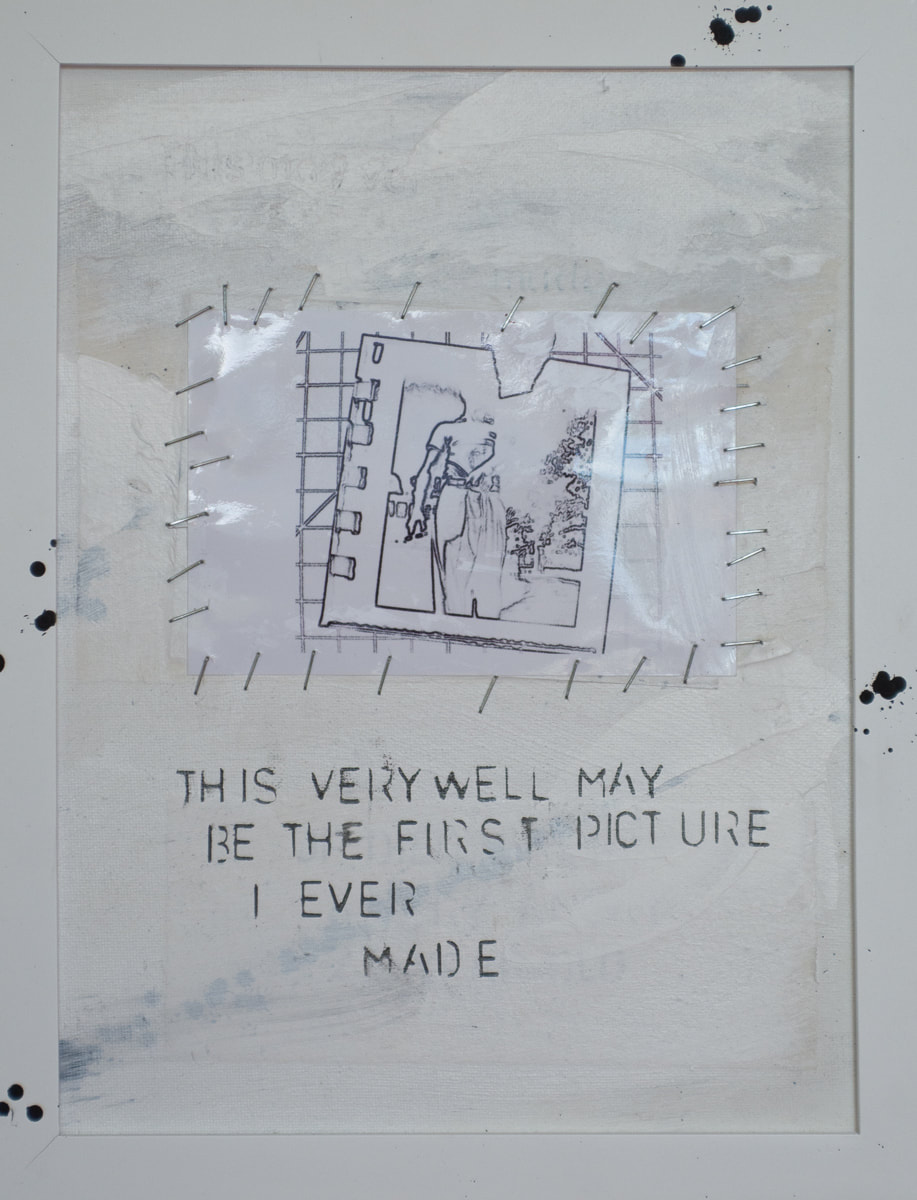
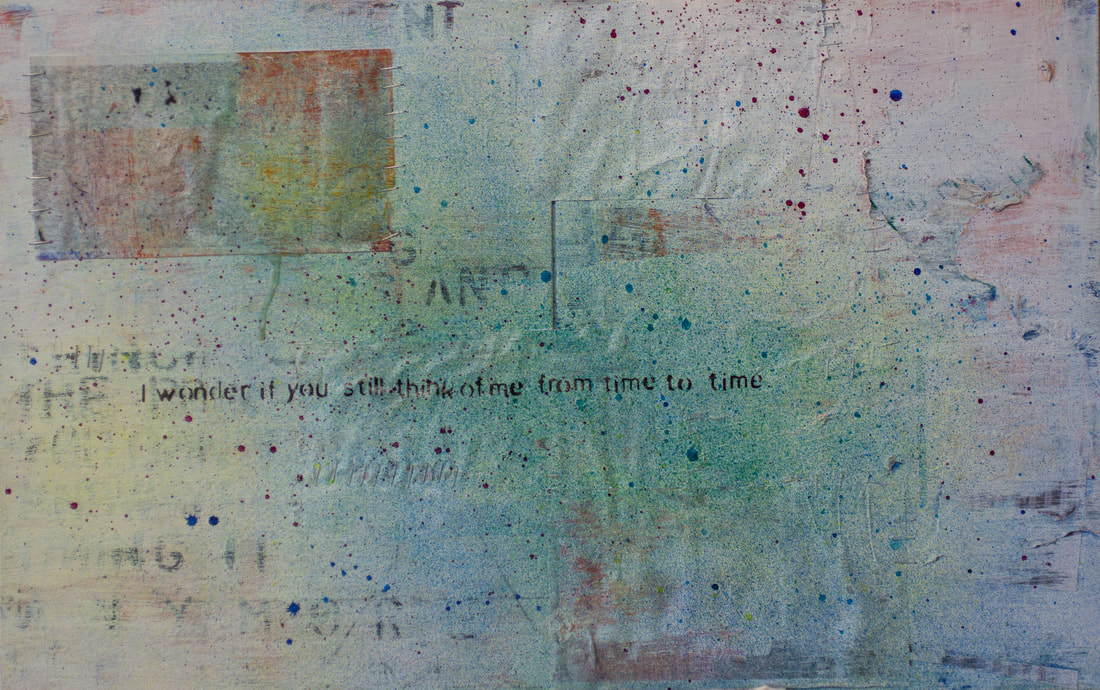
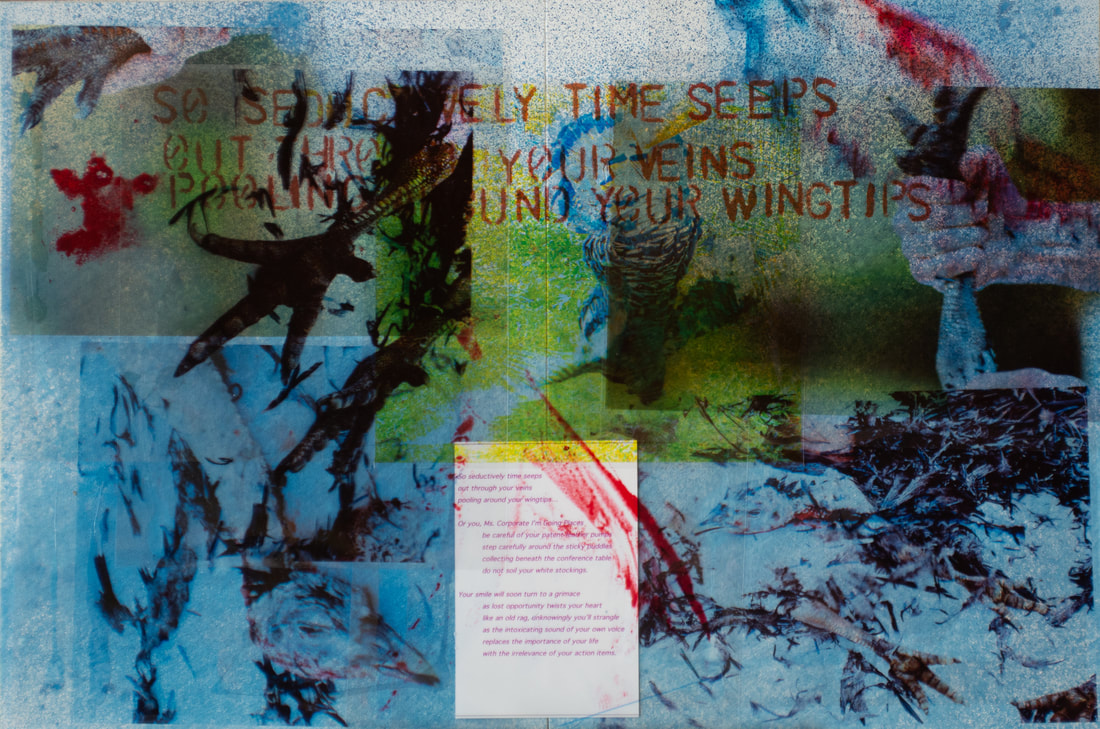

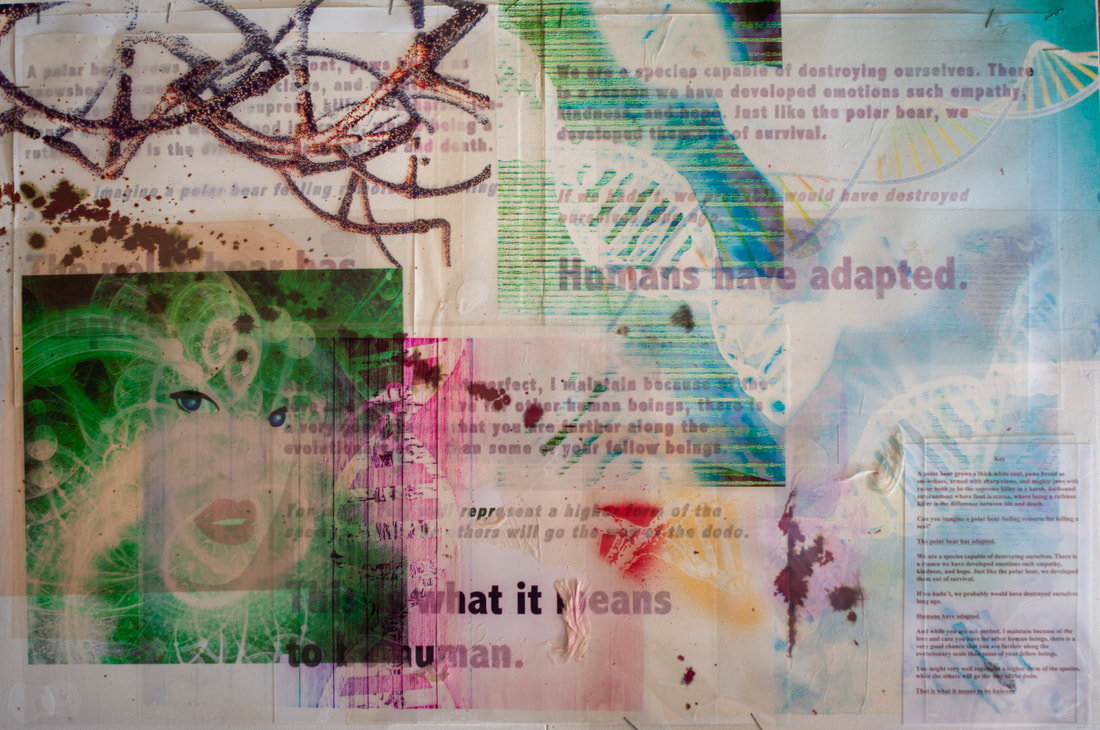
 RSS Feed
RSS Feed
